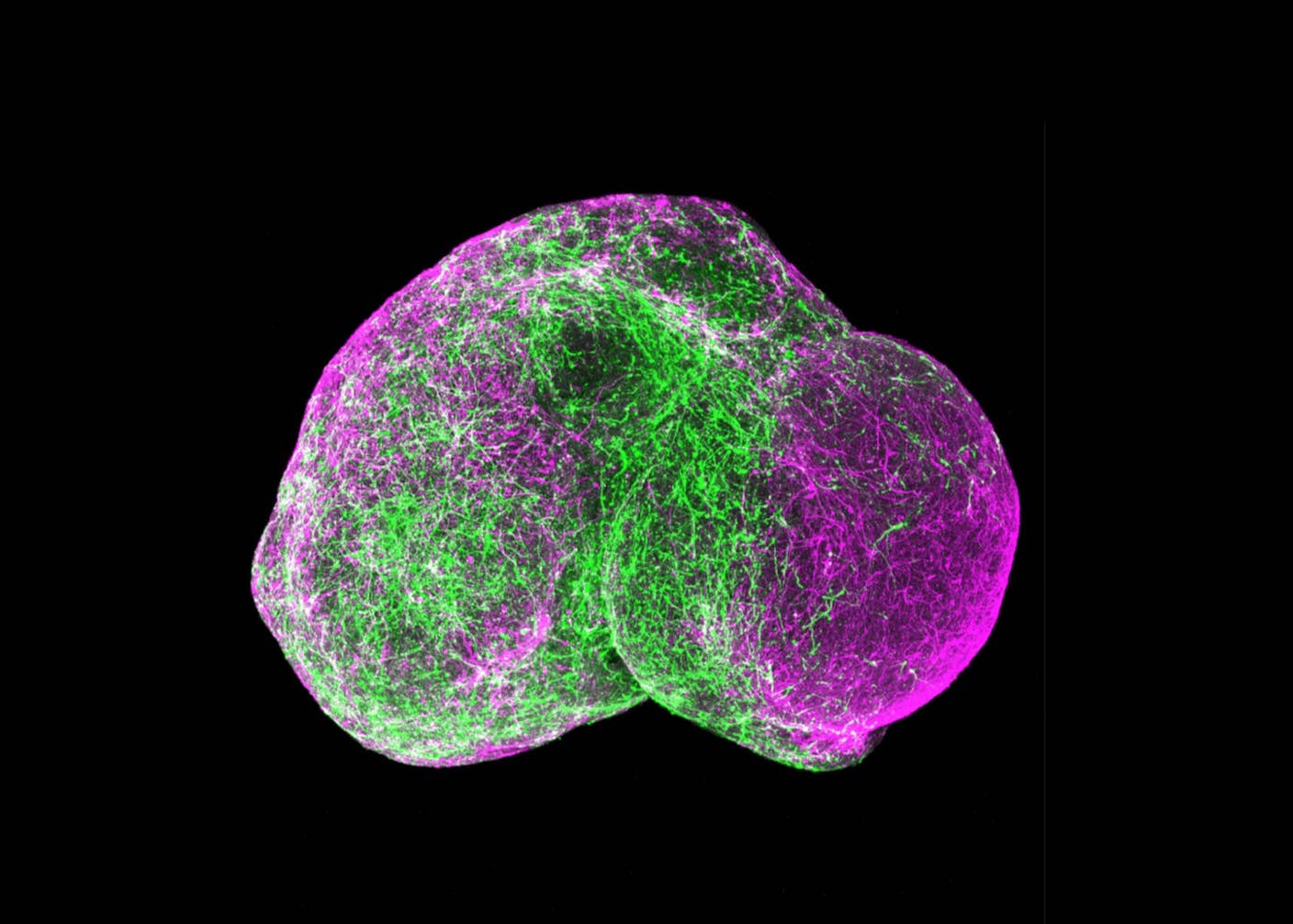Watch This Swarm of Simple Robots Do Surprisingly Complex Things

Share
Hero worship is deeply engrained in the human psyche. From King Arthur to Luke Skywalker, we long for an unlikely leader to arise, pull sword from stone (or ignite lightsaber), and heal the land. It’s a lovely and completely unrealistic vision.
The world is simply too complicated for any individual to understand and guide.
When left to its own devices, modern society is closer to an ant colony or school of fish than we’d like to admit. And maybe that’s why we’re transfixed by that flock of starlings, wheeling overhead in unison with no leader to guide their movement.
Nature’s tendency toward emergent behavior, when complex group order arises out of much simpler individual interactions, is deeply counterintuitive to our hero-primed brains. But by studying it, we may gain insights into how to re-engineer nature’s most complex and mysterious processes.
Harvard scientists, for example, are using an army of miniature robots to model the differentiating cells of an embryo or to show how fireflies go from random to unified flashes. Each robot is about the size of a quarter. Equipped with simple sensors and a few lines of code, they don’t hold a candle to the big humanoid robots you’ve seen.
But working together, they can do surprising things—things that haven’t been explicitly laid out by those few lines of code dictating their actions.
Tiny robots acting in unison? Hard not to skip ahead to visions of nanobot swarms. And the research will, no doubt, inform swarm robotics (large and small). But it might go the other way too, helping us write code for biological systems—perhaps to engineer cells better equipped to kill bacteria or cancer in our bodies.
Be Part of the Future
Sign up to receive top stories about groundbreaking technologies and visionary thinkers from SingularityHub.


We’ve covered these little swarm robots before, but here’s a fascinating glimpse into what they’ve been up to lately—and some great insight into what makes them tick.
Image Credit: KQED/YouTube
Jason is editorial director at SingularityHub. He researched and wrote about finance and economics before moving on to science and technology. He's curious about pretty much everything, but especially loves learning about and sharing big ideas and advances in artificial intelligence, computing, robotics, biotech, neuroscience, and space.
Related Articles

AI Can Now Design Proteins and DNA. Scientists Warn We Need Biosecurity Rules Before It’s Too Late.

Kids With Spinal Muscular Atrophy Show Dramatic Improvement With FDA-Approved Gene Therapy

Five-Year-Old Mini Brains Can Now Mimic a Kindergartener’s Neural Wiring. It’s Time to Talk Ethics.
What we’re reading
